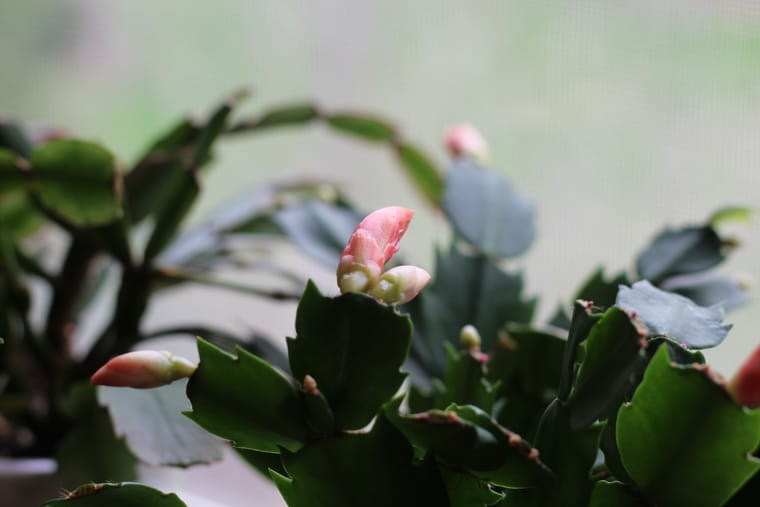Beautiful Plants For Your Interior

Houseplants have an incredible ability to enhance our living spaces with lush foliage and vibrant blooms. However, when those expected blossoms fail to appear, it can be a source of frustration. In this article, we’ll delve into the common reasons why your houseplants may refuse to send out flowers and provide strategies to coax those elusive blooms.
Understanding the Flowering Dilemma:
Before we troubleshoot the issue, it’s essential to understand why houseplants may withhold their blossoms:
- Maturity: Some plants, particularly those grown from seeds or cuttings, require a certain level of maturity before they start flowering. Patience is key.
- Light Levels: Inadequate or inconsistent lighting can hinder flowering. Plants need the right amount and type of light to fuel the energy-intensive process of blooming.
- Nutrient Deficiencies: A lack of essential nutrients, especially phosphorus and potassium, can discourage flowering. Balanced fertilization is crucial.
- Overfertilization: On the flip side, excessive fertilization with a high-nitrogen fertilizer can lead to lush foliage at the expense of blooms.
- Environmental Stress: Stress factors like rapid temperature fluctuations, drafts, or being root-bound can discourage flowering.
Strategies to Encourage Blooms:
Now that we’ve identified the possible culprits, let’s explore how to encourage those long-awaited blossoms:
1. Assess Maturity:
- Research Your Plant: Learn about your specific plant species and its typical age of maturity for flowering. Some plants take several years to reach this stage.
2. Provide Adequate Light:
- Match Light Levels: Ensure your plant is receiving the right type and intensity of light for its species. Adjust its location or use supplemental grow lights if necessary.
3. Fertilize Thoughtfully:
- Use Blooming Fertilizer: Switch to a fertilizer with higher phosphorus (the middle number in N-P-K ratios) to support flowering. Follow the recommended application rates.
4. Avoid Stressors:
- Maintain Consistency: Keep environmental conditions stable, including temperature and humidity. Avoid sudden changes that can stress the plant.
5. Prune and Deadhead:
- Promote New Growth: Regularly prune and deadhead your plant to encourage new growth, which can lead to more blossoms.
6. Repot as Needed:
- Prevent Root-Bound Stress: If your plant has outgrown its pot and is root-bound, consider repotting it into a slightly larger container with fresh soil.
7. Be Patient:
- Give Time: Remember that some plants may simply take time to reach the flowering stage. Continue providing proper care and patience will be rewarded.
Conclusion: Nurturing Nature’s Beauty:
Encouraging your houseplants to bloom is a rewarding journey that requires a combination of patience, proper care, and a touch of horticultural wisdom. By understanding the unique needs of your plants and addressing any potential hurdles, you can unlock the hidden beauty within your green companions and enjoy the joy of their blossoms gracing your living space.